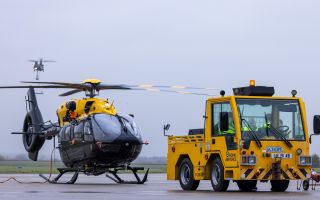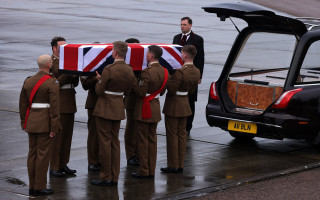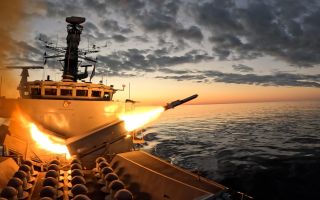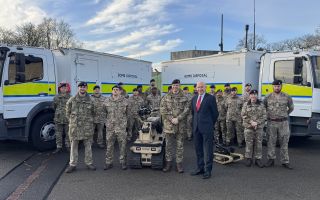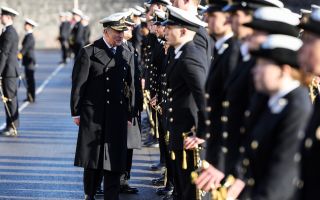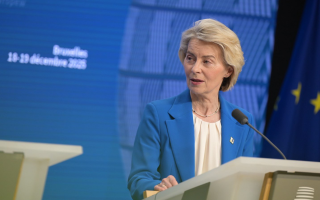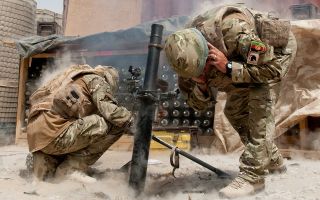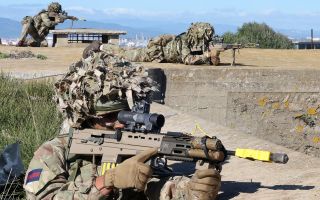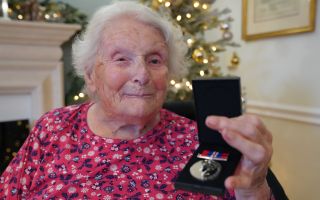Sikhs feel 'pressure on their shoulders' as new Ceremonial Troop keeps WWI history alive
Sikh defence networks, dress code training and camouflaged prayerbooks – all milestones to bring the faith forward with the UK Armed Forces.
Now, a newly-established marching troop is prompting the public to look back on significant sacrifice from the First World War.
Featuring 18 tri-service Sikh personnel holding Lee Enfield rifles in historically authentic dress, the 1914 Sikhs Ceremonial Marching Troop marched for the first time at London's Wellington Barracks.
- The Flying Sikh: One man's determination to serve his country during First World War
- New 'tactical' prayer book for Sikh personnel inspired by WWI image of trenches
- How religious are our Armed Forces?
There are now around just 150 Sikhs in the British Army, but more than 100,000 served in the Indian Army during the First World War.
They made up nearly 20% of forces in France and Belgium, even though Sikhs were only 2% of India's population.
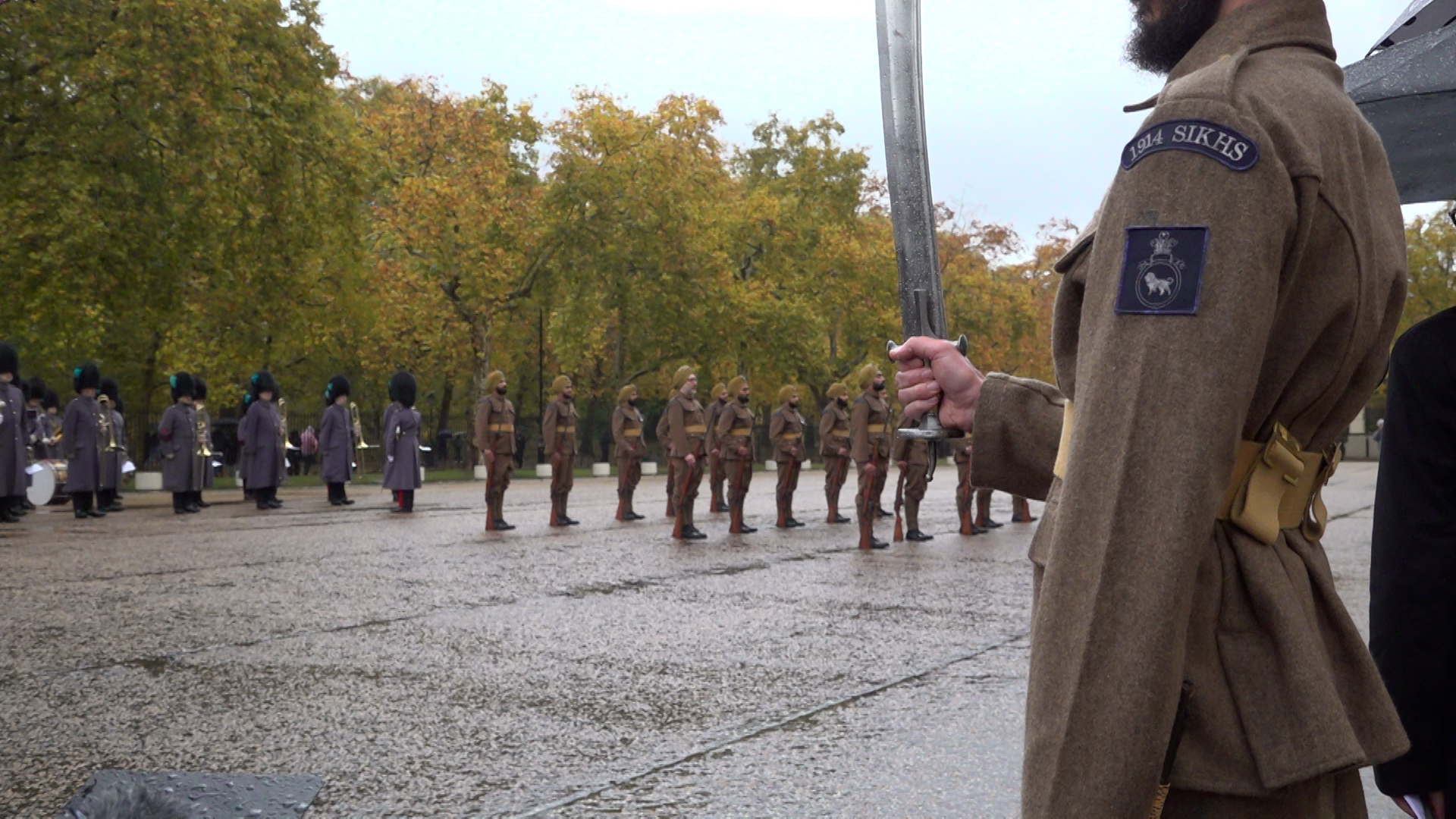
Over-represented at a time of global fear and conflict, German soldiers referred to Sikhs as "the black lions of Flanders".
Fighting in every major area – Gallipoli, East Africa, Mesopotamia and Palestine – at least 8,000 were killed and more than 21,000 were injured.
That chunk of history rings throughout the Sikh community growing up, but perhaps not with the wider public, explained Sergeant Chamandeep Singh, Royal Logistic Corps and part of the newly formed troop.
"Awareness outside of the Sikh community – I personally think we're not there yet. We're doing what we can in our power to put that awareness out there," he said.
"There's a lot of Sikh statues all over the UK, which also paints that picture for the communities who aren't aware of Sikhs' contribution in World War One and Two.
"My father was in the Indian Army, my schooling has been in Army school. I grew up in that Army environment and really liked that discipline."
Reading about Sikh service in the World Wars, when he moved to the UK, he "wanted to put that uniform on, with the turban, and serve".
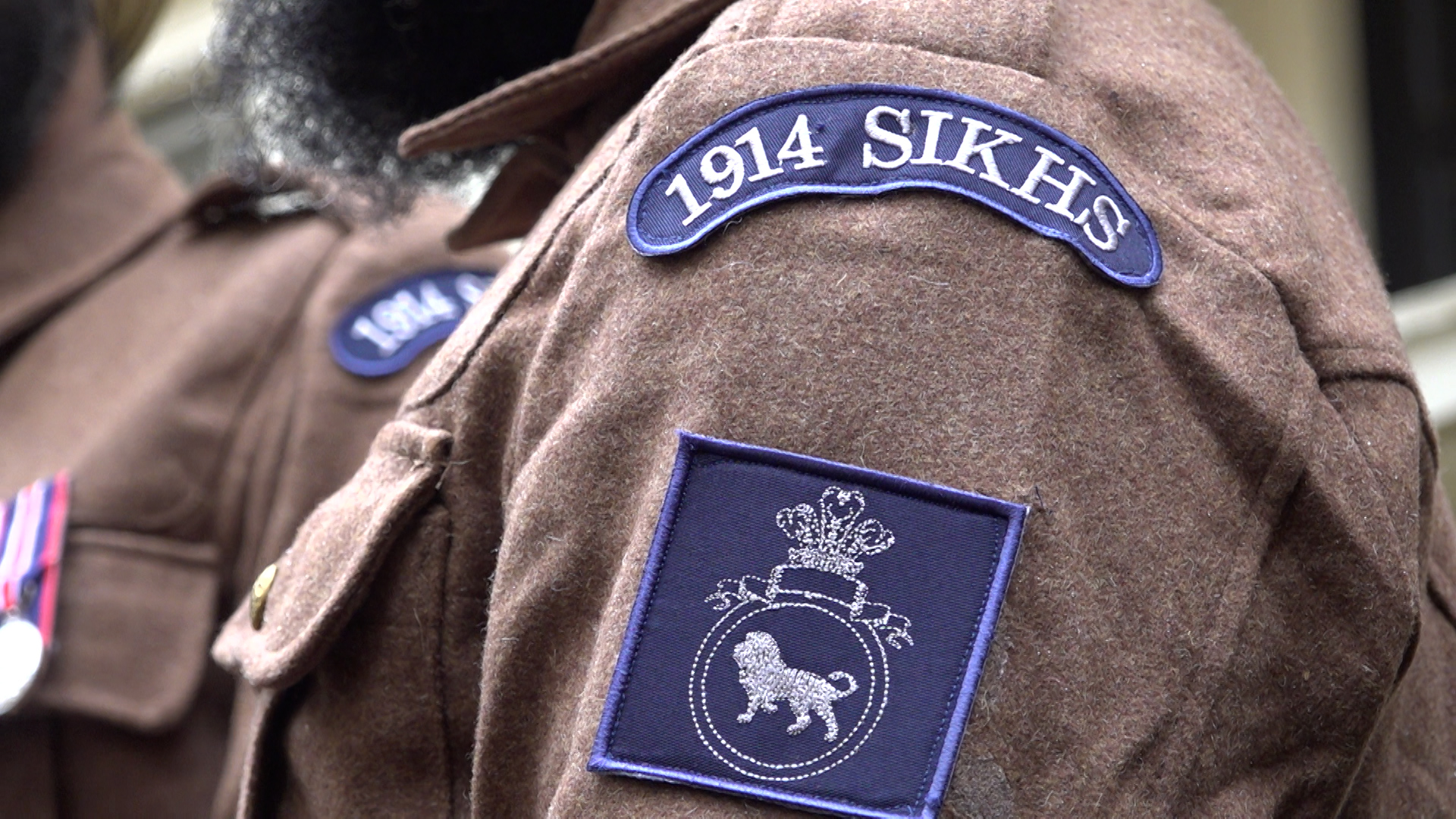
A driving force behind Sikh recognition in defence is the Army's Major Daljinder Singh Virdee, who led the 1914 troop on the parade ground at Wellington Barracks.
"When there's so few of you, there is a lot of pressure on your shoulders – there's not that many Sikhs left in the British Army," he said, describing the "huge legacy" of Sikhs in conflict to carry through to another generation.
"Whilst we don't have a Sikh regiment today, we can still come together as a ceremonial troop and remember that service and sacrifice."
Referencing the low numbers of Sikhs in the Armed Forces today, the Major added: "One of our objectives really is to revive that military tradition that us Sikhs have. It's in our nature, it's in our culture, it's in our faith."
After inspection, the soldiers on parade said the Ardaas, a martial prayer, before the Sikh War Cry bellowed through the streets of London: "Jo Bole So Nihal, Sat Sri Akal," meaning "Whoever utters [this] shall be fulfilled; True is the Great Timeless One".
There are strong similarities between defence and Sikh belief systems. For example, weapons are worshipped for having the Godly attributes to take life, but also to protect it.
The concept of being both a saint and a soldier also features in the faith, promoting a balanced individual with morality, but the physical capability to take action.

